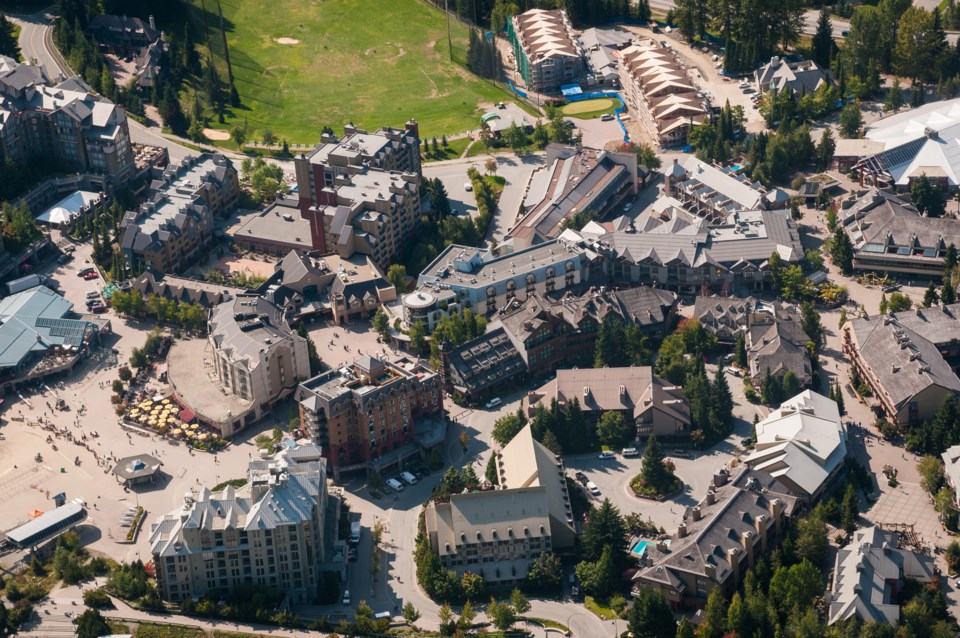I’d like to pose a question to mayor and council. Not sure I’ll get the chance, other than bumping into them serendipitously some time. Not sure when the questions I’d like to ask are likely to be connected to something on the council agenda. And despite having had the new policy explained to me, I’m not sure why—other than expediency—I have to wait until my curiosity links to an agenda item to ask it at the early part of council meetings formerly known as Public Question and Answer Period.
I know what you’re thinking. “What’s he want to ask?” I’ll tell you. But I’d like to keep you in suspense for a few hundred words more.
The tedium of an open public question period is understandable. Often the ultimate question only emerges after a prolonged preamble when the mayor finally insists the speaker get to her/his question. Which is often a letdown. A question already answered. A question simply unanswerable. A question no one other than the speaker comprehends.
And then there’s the “hot topic” of the moment, when 50 people want to ask the same or slightly varied question that isn’t so much a question as it is an indictment of some decision made or about to be made that may or may not result in something those 50 people are for or against. If you know what I mean.
Council meetings like that are long, testing the limits of councillors’ attention span, making them wonder what they were thinking when they thought being on council was a good idea, painfully delaying their retreat to the pub for a very needed pint.
I feel their pain. But I still want to ask my question. Two questions, actually, but they’re so closely aligned they’re really only one.
1. What is the official bed-unit cap number?
2. What is the current number we’ve already built?
We used to hear a lot about the bed-unit cap. We frequently heard it was bigger than it had been the last time we heard about it. It reminded me of Senator Iselin’s dilemma in the 1962 version of The Manchurian Candidate when his domineering wife wouldn’t help him settle on a single number of card-carrying Communists in the government.
In 2020, the current Official Community Plan listed it as 61,561, and suggested we were 90-per-cent there. But, déjà vu, it seems like we’ve been closer and then further away from building out the number at various times past. So you can see how someone might be just a bit confused about this.
And there was a time employee housing wasn’t counted. Now it is. And we’re building it, since there seems to be a growing need for more employees, and many potential employees aren’t coming because there’s no place for them to live. At the same time, some current employees are leaving because, in the words of one of them, their housing choices suck.
Oddly, though, businesses keep growing and expanding, creating the need for more and more employees and putting more and more pressure on the Resort Municipality of Whistler (RMOW) to build employee housing. But then, privatizing profits and socializing costs is an old game, eh? How about just stop opening labour-intensive businesses?
But I digress.
Why, assuming there is one, does Whistler have a bed-unit cap? Good question.
Back in the misty reaches of time—the 1960s—some of the people who built Whistler got together. One of them said, “Ya know, we’ve got a good thing going here. But maybe it’s too good. What if too many people want to move here?”
It seemed like a dumb question, since there were so few people living here they could hardly get up a good poker game, but after batting the question around, they decided a cap on development might be a good idea. Pondering how to come up with one, they hit on the notion of the valley’s carrying capacity—a measure of how many people might live here before it seemed like too many people for the size of the narrow valley, the one road in/one road out nature of the place, water, sewer, and such mundane things as that.
Then they decided the best way to measure it was bed units. They reckoned there was at least one person per bed, which was the reality for many of them, since the men making this up outnumbered women in town something like 10 to 1 and rarely got lucky enough to share their lonely bed. They also failed to foresee the monster homes built now, which is why they are allotted the same number of bed units as a three-bedroom townhouse. To say it’s an imprecise measure is an understatement. But believing the perfect shouldn’t be a barrier to the good enough, bed units it was.
I believe the original number was just over half of what it is now. Think inflation.
Now, I’m not naive enough to put much faith in the notion of a cap on development. I worked with developers for too long to believe they’ll just go away when we tell them we’re full. And even if they would—think pigs flying—there’ll still be businesses clamouring for workers and workers clamouring for housing and, likely, a municipal council thinking growth is the solution.
Much as we spent the past couple of decades being driven by the measure of hotel room occupancy, thus giving rise to the festivalization and animation of Whistler, we seem now to be driven by an additional metric: the shortage of workers to fill the jobs created by business.
Not surprisingly, the two are connected. Turning Tiny Town into a year-round resort with no shoulder seasons worthy of the name, supercharged by the 2010 Olympics, there was a perceived need for more and more businesses to distract, er, satisfy the demands of more and more visitors. Hence new businesses replacing old ones, generally with a need for more staff than the previous business.
Coupled with a decline in market rentals driven by frequently noted demographic and other factors, housing for existing employees, let alone the ones needed but absent, has become paramount. Build, baby, build.
This, in turn, assumes there are potential employees who want to come. With employee shortages countrywide and the cost of living skyrocketing in Whistler coupled with the generally negative stories I’m told are all over (anti)social media about the housing situation here, we may be chasing a chimera.
But there is no mention and no desire to discuss whether we might be better off to just let the town find its own equilibrium point. Maybe in a few more years we’ll mature sufficiently to consider that. Maybe we’ll reach build-out and resist the mighty forces of growth.
Yeah, maybe.




